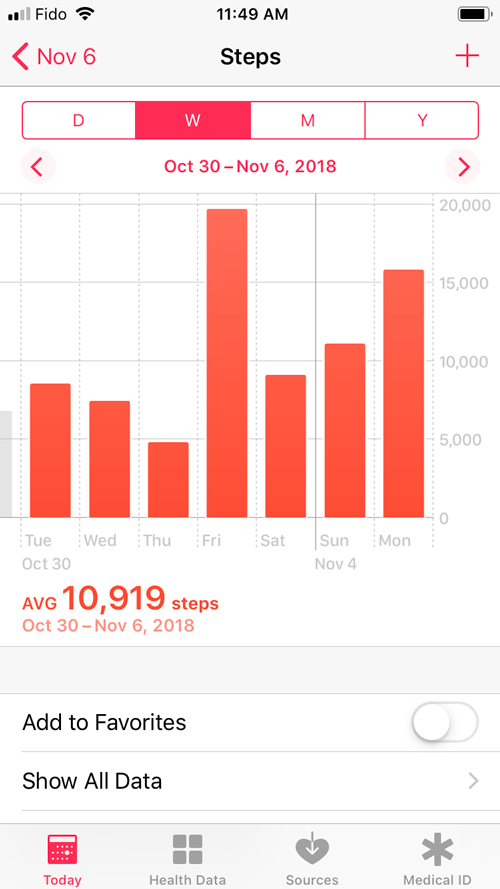By Master Coach K
Approximate Reading Time: 2-4 min
One of the greatest and most often overlooked ways of getting and staying fit is walking.
Our biomechanics and our physical structures make walking an almost effortless and elegant form of movement. For some of us, past injuries, imbalances, a lack of prioritization and other issues may have made walking an uncomfortable or painful activity. If so come see us and we’ll help you with that!
If walking doesn’t cause you pain then you really owe it to yourself to walk, every day! It is super accessible and has so many benefits:
Increased cardiovascular and pulmonary (heart and lung) fitness
Reduced risk of heart disease and stroke
Improved management of conditions such as hypertension (high blood pressure), high cholesterol, joint and muscular pain or stiffness, and diabetes
Stronger bones and improved balance
Increased muscle strength and endurance
Reduced body fat
(1)
Just like eating more vegetables, walking is a beneficial and safe bet. So why don’t most people (perhaps you) get in enough walking?
On a societal level here are some of the contributing factors:
The convenience of cars, public transport, restaurants, grocery stores, Netflix, and delivery services means we can go through a whole week without having to walk much at all.
A cultural norm of valuing busyness means we often push walking into the category of too slow and not rewarding enough.
Our general low tolerance to weather exposure means half the year can make routine walking outside too ‘uncomfortable’.
A multitude of factors can make us feel unsafe when we are outside (e.g. walking solo in Pacific Spirit Park can feel very unsafe for some) and our busy schedules can make it hard to find a walking buddy.
So how do we fix it? And how much walking should we aim to get in?
Remind yourself about the value of going slow; the benefits to our physical and mental health are worth it!
Habits take willpower to start, but after a while they can become easier and easier to pull off. Look at what habits you can start that will force walking into your regular routine. Examples:
Always get off one or two stations early on your commute to work.
Move within walking distance of work and sell your car. #longtermplans
Get a walking buddy and schedule weekly walks.
Slowly work on building up your tolerance to cold, or investigate cold therapy to help your body adjust quicker.
Sneak walking in whenever you can, go for walking meetings, walk to a cafe further away for lunch, embrace parking the car further away, and take walk breaks at work.
Schedule it into your calendar, make it non-negotiable.
Aim to get in 10,000 steps or 30-60 minutes a day - use a step tracker (most phones count your steps for you now), start small and build up.
Share this article with the people you would like to walk with! Human connection is the strongest element for adherence and success!
Really double down on that last point. We live in a fast-paced technological world that can unfortunately have a huge negative impact on human connection. Intimacy is something most people want more of in their life: closer friendships and caring more for one another. What better way to have that than getting your walk on.



